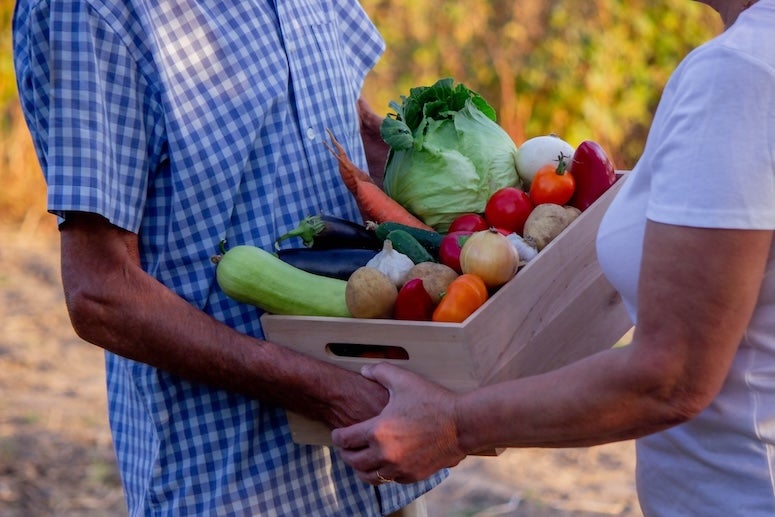
In Harris County, the struggle to put food on the table appears to be both more common — and more severe — than national statistics suggest.
Nearly 40% of local households experienced moderate to high food insecurity in the past year, according to a new report from Rice University’s Kinder Institute for Urban Research. That’s nearly three times the national average of 14% — a gap researchers say shows why local data is essential to understanding the true scope of the problem.
Unlike national estimates that rely on broader samples or infer need based on household budgets, the Kinder Institute’s findings come directly from more than 5,200 residents in Harris County through the Greater Houston Community Panel. The findings pinpoint the hardest hit communities and reveal where food insecurity is concentrated, who is most affected and how deep the problem runs.
“Access to sufficient and high-quality food is a basic need to maintain health, dignity and the opportunity to thrive, which is our primary focus at the Kinder Institute,” said Luz Garcini, director of the institute’s Center for Community and Public Health.
Other survey highlights include:
- By race/ethnicity: More than half of Black residents (53%) and nearly half of Hispanic residents (47%) reported living in food-insecure households — both well above the national rate. Rates are especially high among women of color (53% of Hispanic women; 51% of Black women).
- By income: Nearly 3 in 5 households earning under $35,000 per year reported food insecurity with almost a third facing high food insecurity — significant disruptions in eating patterns and food consumption. Even among households earning $75,000 to $99,999, more than 1 in 5 reported food insecurity.
- By neighborhood: In Greenspoint and the George Bush Intercontinental Airport area, 4 in 5 households reported moderate to high food insecurity — the highest rate in the county. Seven neighborhood areas topped 50%, underscoring how concentrated the need can be.
The findings arrive amid shifting eligibility for the Supplemental Nutrition Assistance Program and continued cost pressures on families, trends that could widen gaps for households already at risk.

“These survey findings tell us that efforts to understand and address the problem may be more urgent than we previously thought,” Garcini said. “It’s a crucial step to fill knowledge gaps that will help drive durable solutions for Houston and beyond.”
Garcini’s team along with Rice colleagues Christopher Fagundes, an expert in the links between stress, immunity and cardiovascular disease, and Tony Payan, an expert in migration studies and binational policy, recently secured $2.5 million from the National Institutes of Health to conduct a long-term study on how food insecurity and trauma interact to affect cardiovascular health and psychological well-being.
The full report is available here.
To schedule an interview with a Kinder Institute expert, contact Kat Cosley Trigg at kat.cosley.trigg@rice.edu or 713-348-6781.

